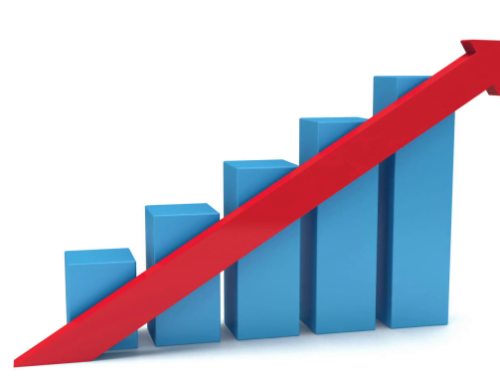Another interesting article for our Clients
Want to hear something fascinating? Google raked in 96% of its $37.9 billion of revenue from pay per click advertising last year. Clearly Internet advertising is a booming industry. But what’s crazy is that according to Unbounce, 80% of Google’s ad revenues came from advertisers who sent their visitors to non-targeted pages. These advertisers essentially sent their traffic to die on their website’s homepage, registration page, shopping cart page, or product detail page, rather than to a custom landing page aligned to the query. Let me reemphasize that point here: The vast majority of marketers committed the cardinal sin of online advertising by wasting ad spend on clicks that were doomed to fail.
Here are just a couple of the problems with NOT sending traffic to a custom landing page:
Lower Quality Score
Google has an incentive to keep their ads relevant to what a user is searching for; it keeps people coming back. Google uses a metric called Quality Score in AdWords to determine how relevant ad copy and on-page elements are to the keyword a visitor entered. Sending traffic to a non-targeted homepage will increase your cost per click as a result of a low quality score.
Higher Bounce Rate
Since today’s web users have short attention spans, generic homepages that are not ultra-targeted to what a user was searching for tend to have a high bounce (exit) rates. The higher your bounce rate the more money you have wasted on clicks that won’t convert.
Lower Conversion Rate
Homepages are cluttered with navigation bars, multiple calls to actions, social media updates, and more. These distracting elements create friction and uncertainty in the mind of a visitor and drastically lower conversions.
So now that you’re aware of the biggest mistake PPC advertisers make, how can you make sure your new landing page will convert well?
Make sure that your page:
- Has a powerful headline that directly relates to what a user searched for
- Has a single call to action that is clear and consistent across the page
- Has a clear privacy statement near all lead generation forms
- Has a logical flow in terms of content and graphic design
- Has a design that emphasizes critical components with contrast, color, etc…
- Has the most important elements above the fold (the top of the page)
- Has testimonials and other trust elements that users can refer to
- Does NOT have distracting elements like navigation bars
- Does NOT have links pointing to outside pages (use a lightbox/modal dialog instead)
Once you have designed your original landing page, create variances to test with an A/B testing tool such as Visual Website Optimizer, Optimizely or Unbounce. Split testing your landing page design with different headlines, button colors, and calls-to-action will bring you closer to the highest converting landing page possible over time.



